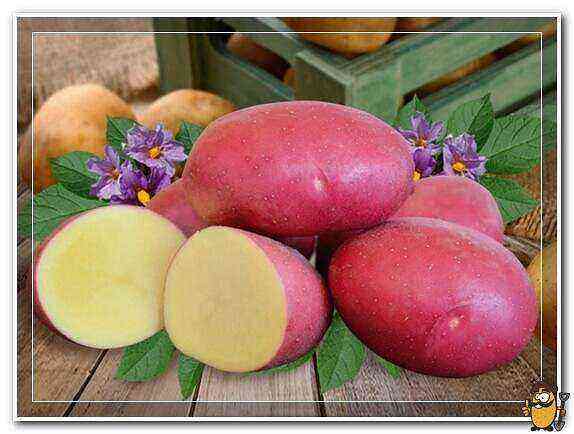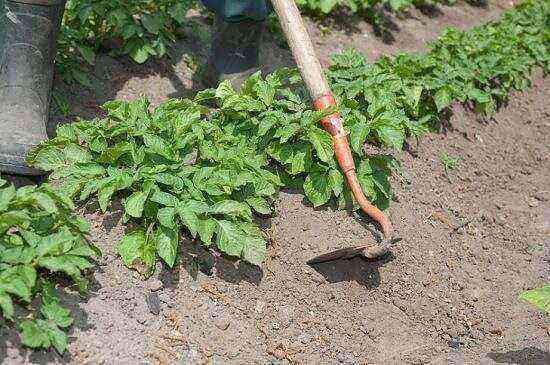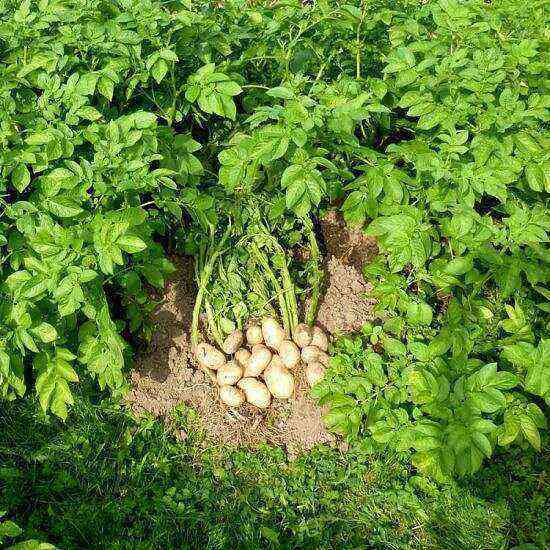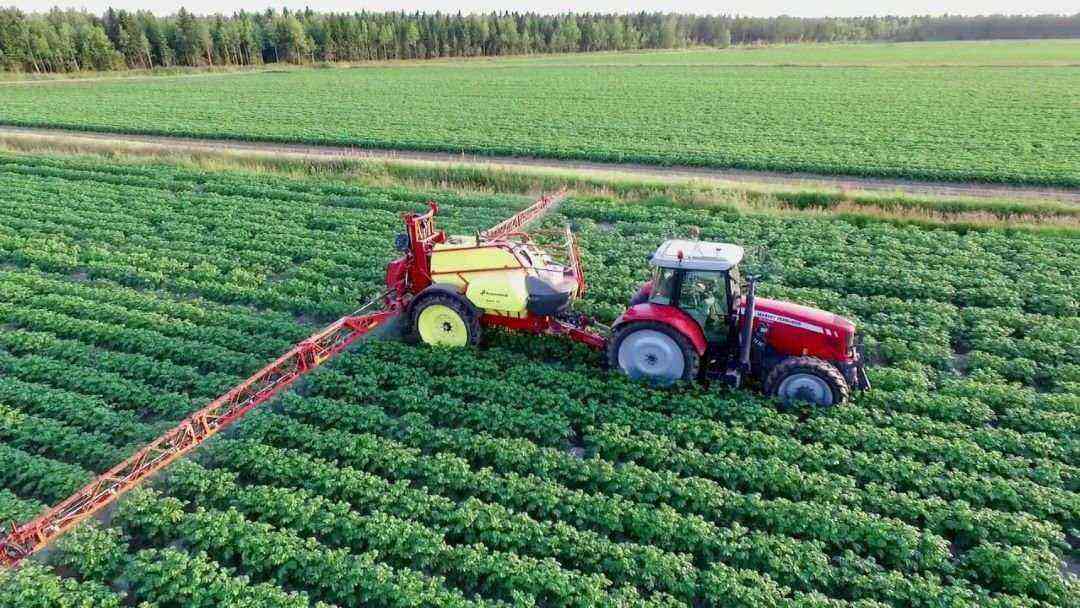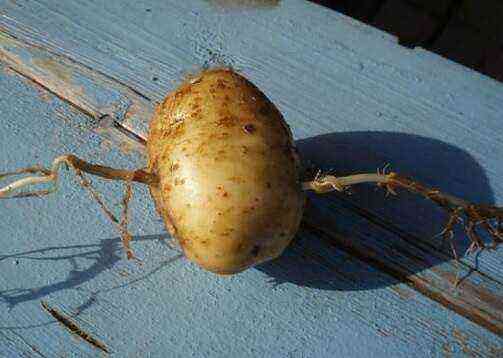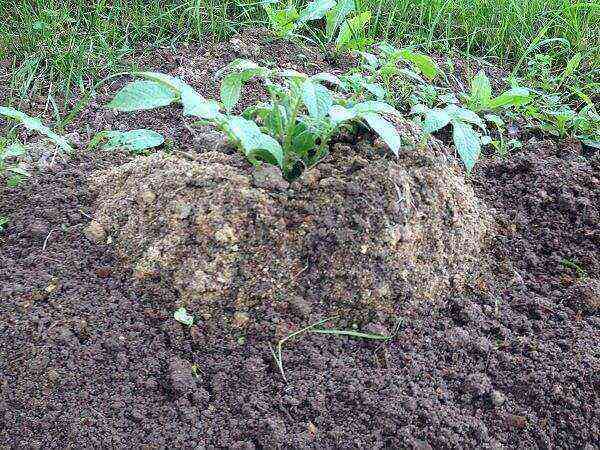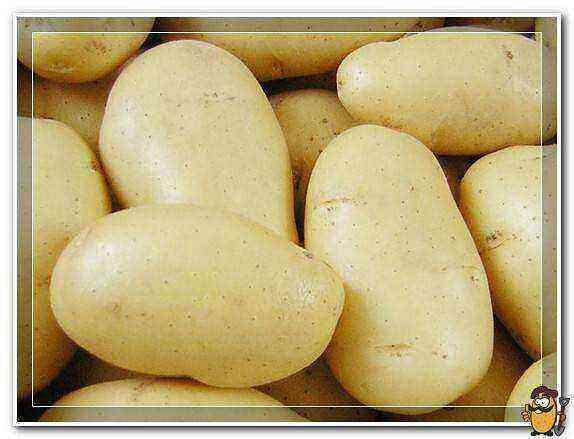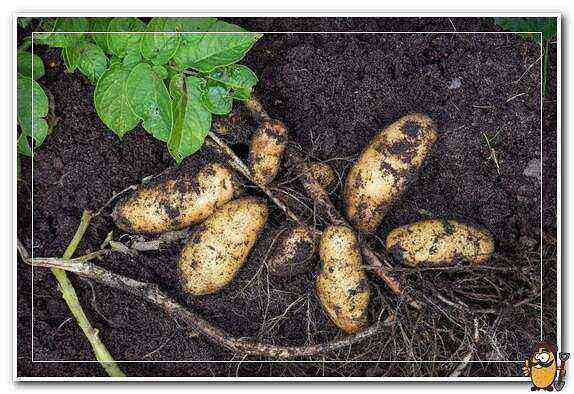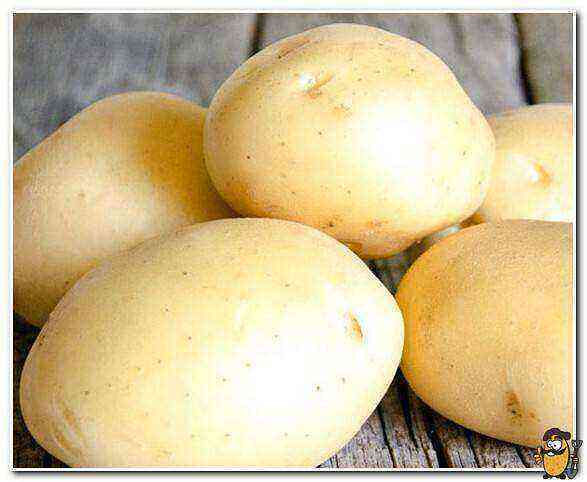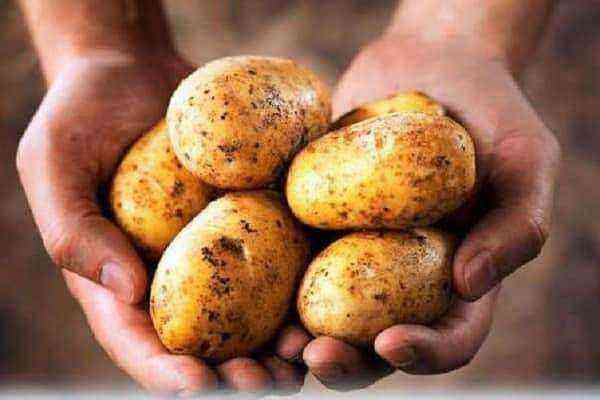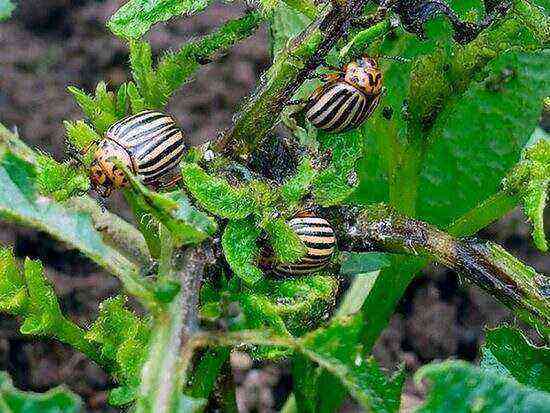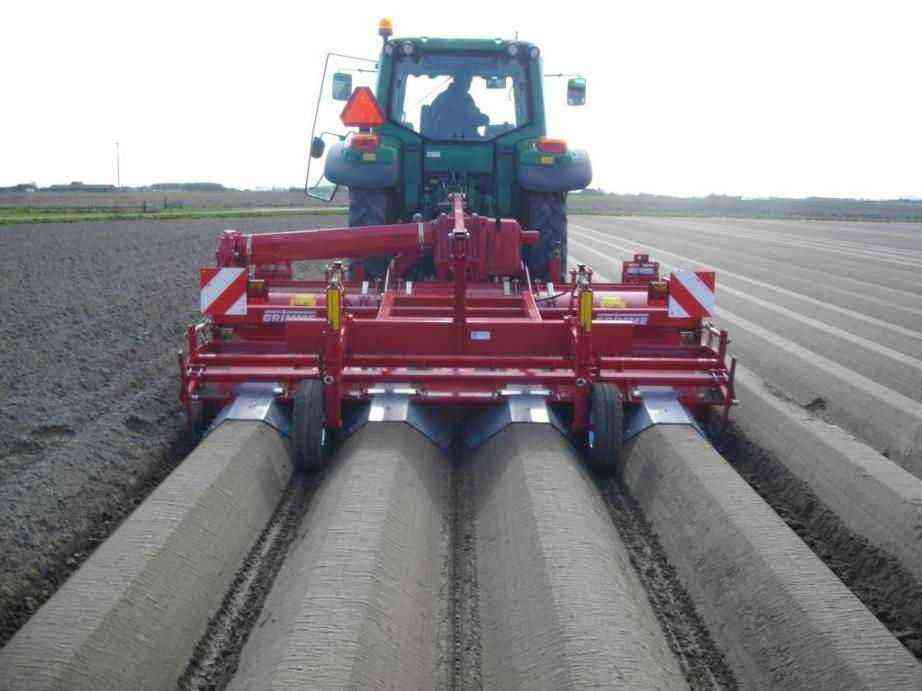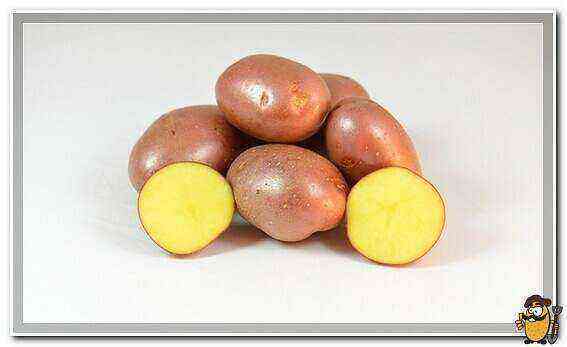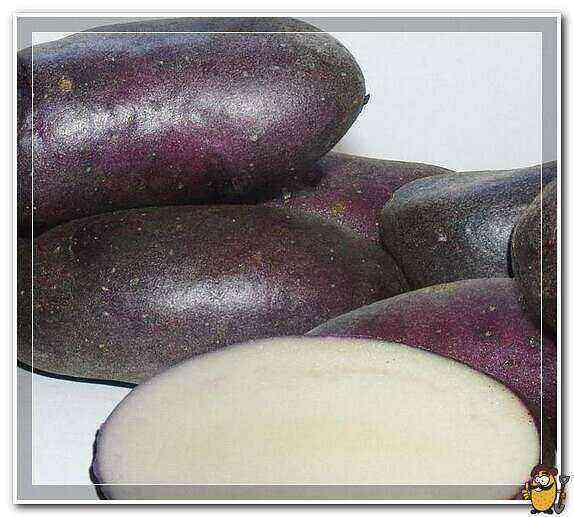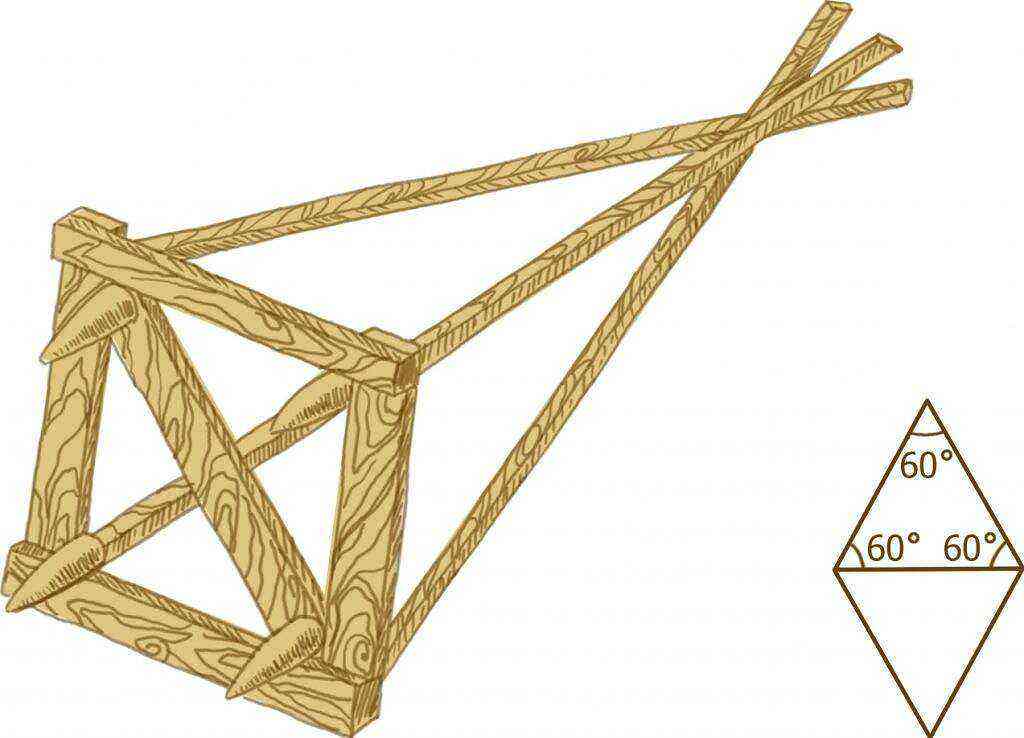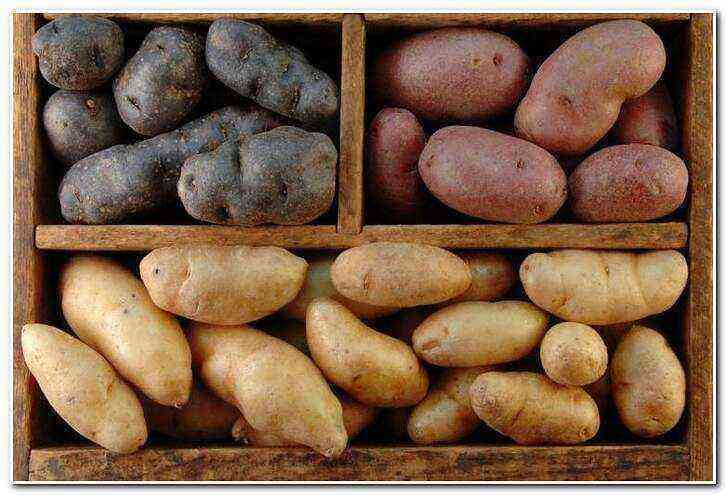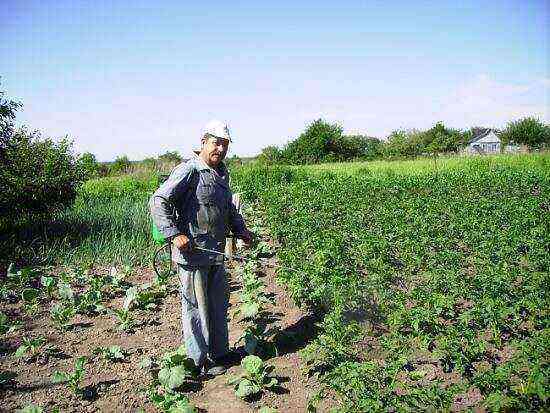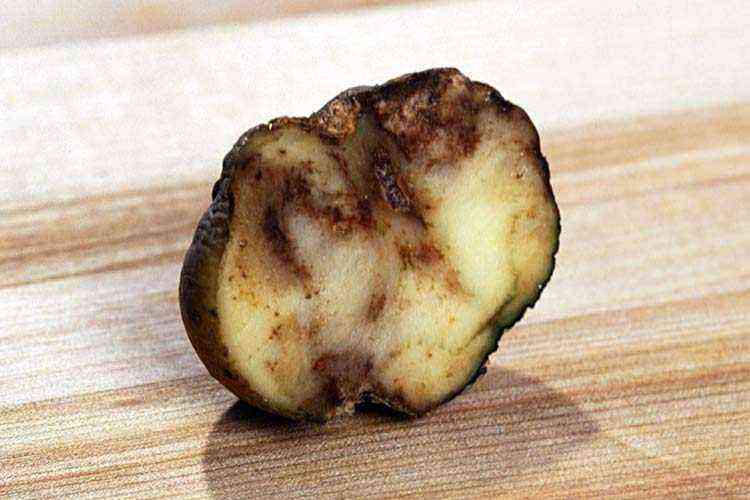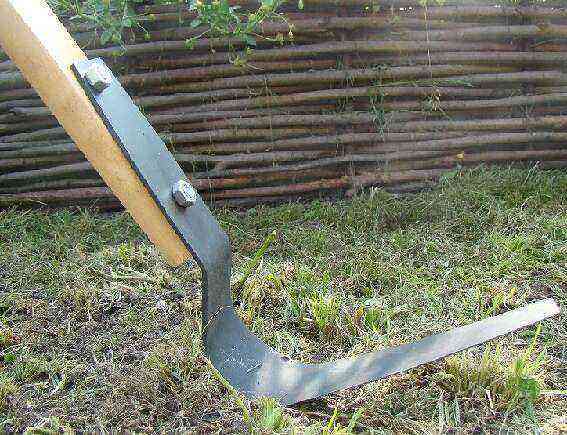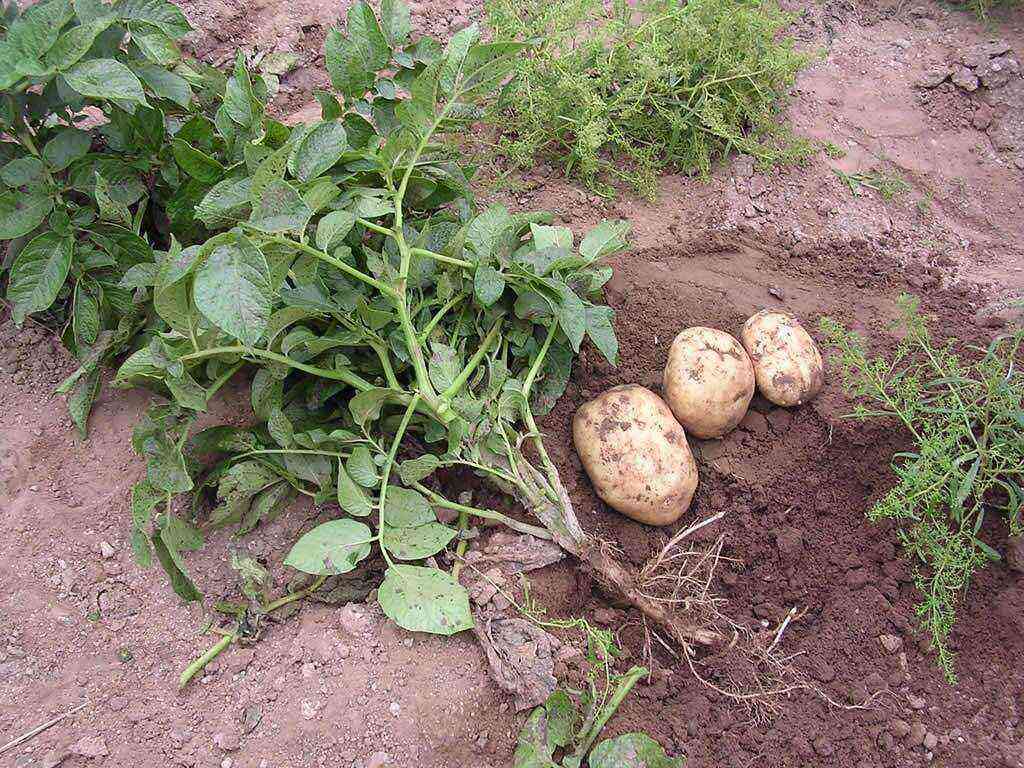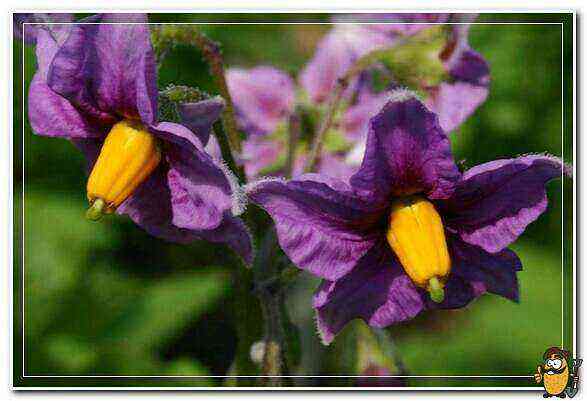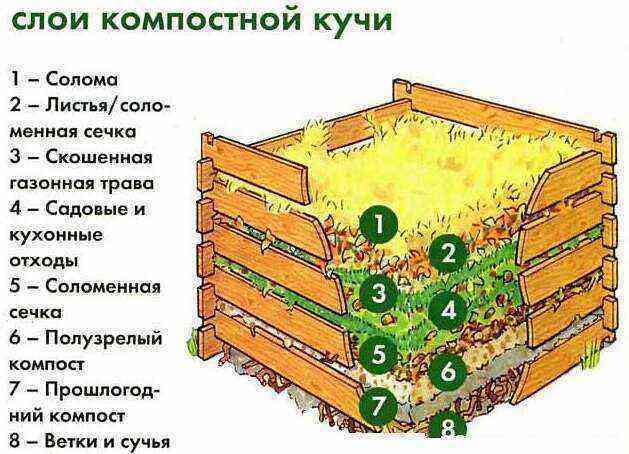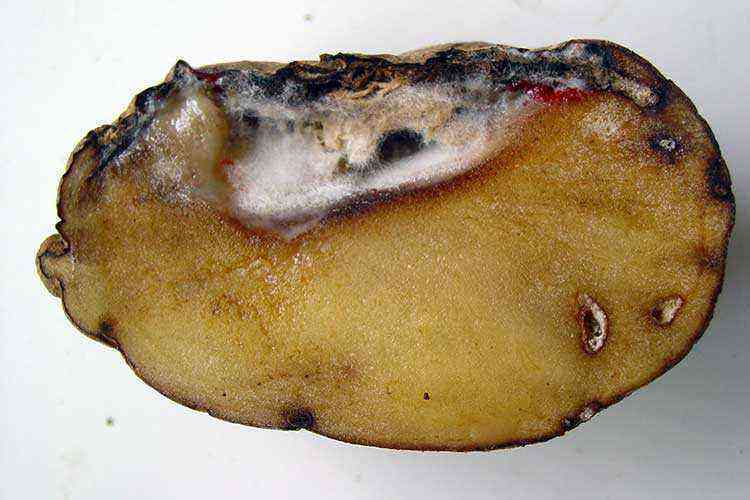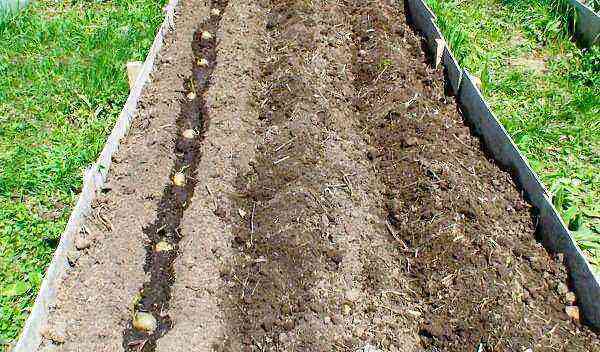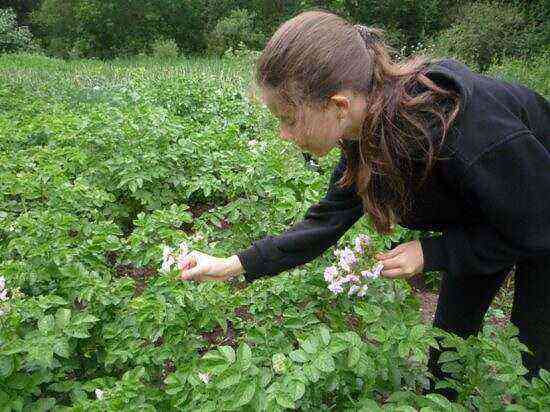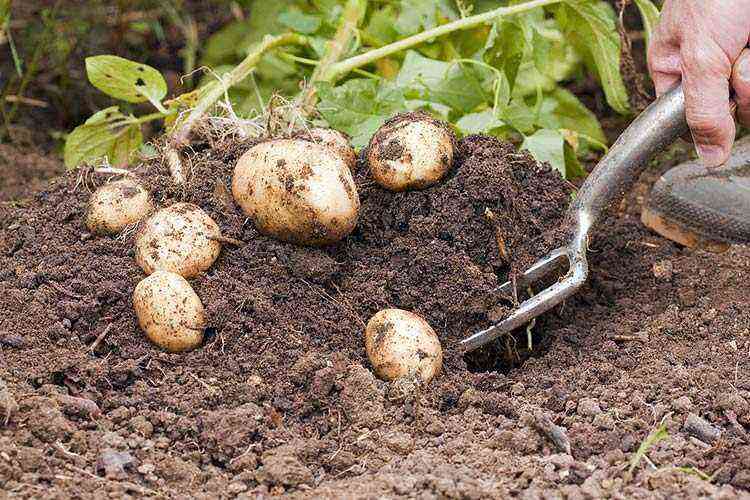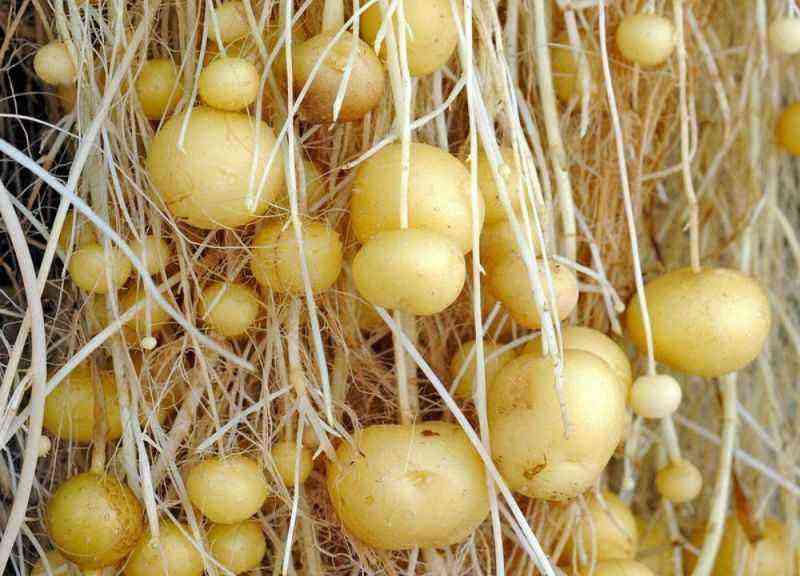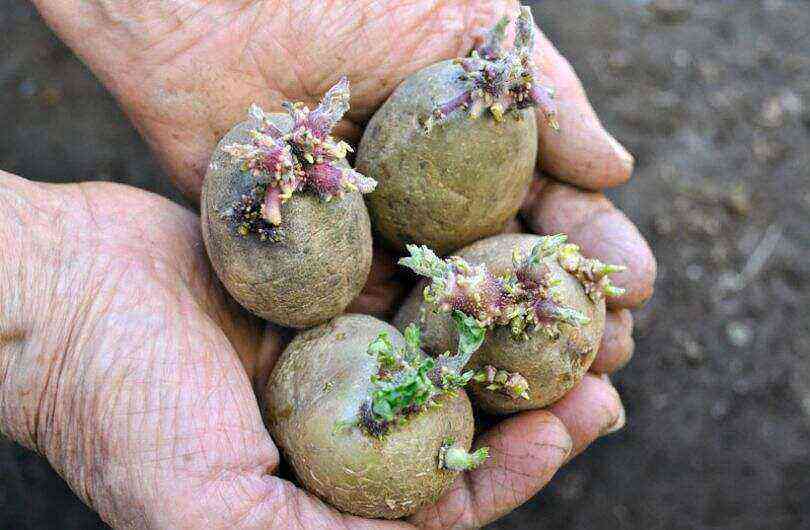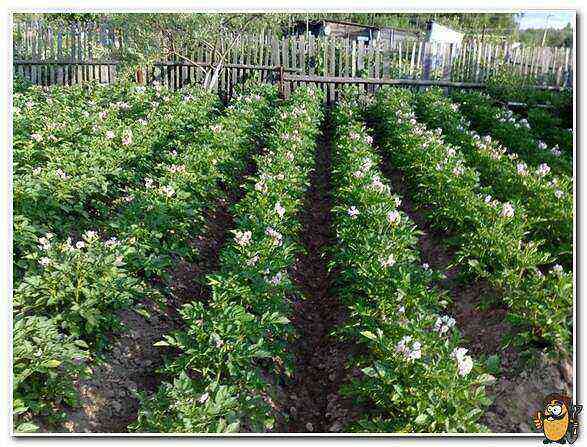The only option in which the area for potatoes can not be fertilized is freshly plowed virgin soil. In the first year on such soil, potatoes usually please gardeners with a bountiful harvest, even without top dressing. But already in the second year, one cannot do without fertilizers: the tubers take too many nutrients from the soil, and it is depleted.
A good harvest of potatoes – 250-400 kg per one hundred square meters. In order for it to be exactly like this, per square meter of the area of the potato field, the soil must contain at least:
- 35–45 g of potassium oxide;
- 16–20 g nitrogen;
- 5-6 g of magnesium;
- several grams of manganese, zinc, boron, selenium.
It is possible to obtain consistently high yields only if the required level of microelements in the soil is replenished annually.
Types of fertilizers for potatoes
There are two groups of potato fertilizers:
- organic (manure, compost, chicken droppings, green manure, ash, peat);
- mineral (nitrogen, phosphorus, potash, magnesium).
Practice shows that the best results can be achieved by combining different fertilizers and calculating their dosage depending on the type of soil.
Organic fertilizers for potatoes are the most environmentally friendly, they contain most of the microelements necessary for plants. The only limitation is that in areas infected with potato nematode, it is better not to use compost and manure.
A ten-liter bucket holds:
- fresh cow dung – 9 kg;
- fresh horse manure – 8 kg;
- manure on sawdust bedding – 5 kg;
- manure – 12 kg;
- dry bird droppings – 5 kg;
- fresh bird droppings – 15 kg;
- compost – 10 kg;
- dry peat – 5 kg;
- ash – 5 kg (in a half-liter jar – 250 g of ash).
Manure
Animal manure is extremely rich in trace elements useful for potatoes: nitrogen, potassium, magnesium, phosphorus. If the soil on the site is heavy, clayey or loamy, it is recommended to use horse or sheep manure: these types of organics are porous and can improve the aeration of the beds. In addition, when decomposing, they release more heat than other types of manure, so it is advisable to use them to fertilize the soil when planting early potatoes.
Cow dung (mullein) decomposes more slowly than horse dung, but is suitable for all types of soil. Rabbit manure is equally versatile. Pig manure is worse in composition than other species, decomposes slowly, and is usually used to fertilize sandy and sandy loam soils.
In order not to burn the root system of plants, manure should never be used fresh. It is piled up in dense heaps, where it is re-cooked, and the urea contained in it turns into nitrogen compounds easily assimilated by potatoes.
The time required for roasting various types of manure:
- horse and mullein – 7–8 months;
- pork – one and a half years;
- rabbit – 2-3 months.
Fresh manure is usually piled up on a bed of hay or straw. From above, such a pile can be covered with plant waste (potato or carrot tops, burdock or cabbage leaves, nettle stalks). So that the pile does not dry out, it is periodically watered, and in the warm season it is populated with earthworms. The only type of manure that can be dried before use is rabbit manure.
In the fall or spring, rotted fertilizer is scattered over the site, shallowly dripping so that it decomposes. The nitrogen contained in the manure is an effective remedy against the Colorado potato beetle.
Application rates for different types of manure per one hundred square meters:
- mullein – up to 50 kg;
- horse, goat, sheep – up to 40 kg;
- pork – up to 4 kg.
Clayy heavy soils can be fertilized with manure once every three to four years, medium – once every three, light sandy – once every two years. For annual fertilization, the rates can be reduced. For the prevention of late blight, the norms are doubled.
Rabbit manure is quite concentrated. It is recommended to use it for making a compost mixture consisting of a bucket of rabbit manure and 4 buckets of peat or sawdust (you can replace it with 8 buckets of vegetable waste). The mixture will melt throughout the year. Then it can be applied in the fall or spring to the soil at the rate of 20-30 kg per one hundred square meters.
Rabbit manure is also good for feeding: a bucket of manure is diluted with 10 buckets of water, 2 buckets of grass waste are added and left to infuse for 7-10 days. For watering, the resulting liquid is diluted with water in a ratio of 1: 5.
Dry rabbit manure is introduced into the holes before planting potatoes. Half a glass of dried pellet powder is mixed with 3 kg of compost. Pour a glass of the resulting mixture into each well.
Litter
Bird droppings (chicken, goose, pigeon droppings) are an excellent substitute for manure if the site is infected with potato nematode. The droppings are quite concentrated, so they are not used in their pure form. Usually it is poured with water in a ratio of 1: 3 and left to infuse for a day. For fertilization, the talker is diluted with water in a ratio of 1: 5, for feeding – 1:15. To fertilize one hundred parts, 10 kg of manure is enough.
If there is little litter, it can be put into the holes directly at planting. A mixture of half a tablespoon of dry bird droppings with a glass of humus is thrown into each hole.
Compost
Not all summer residents have the opportunity to purchase a sufficient amount of manure. But you can make a good organic potato fertilizer yourself.
Almost everything is used for compost: food waste, tops, weeds. It is only necessary to avoid getting into the compost heap of bones, glass and other solid non-decomposable objects, tops and weeds from an area infected with late blight, potato nematode or black scab. Paper (white, toilet or corrugated cardboard) accelerates the decay process. However, newspapers and old printouts are not suitable for compost: ink and toner contain lead.
The compost heap must be in the shade, otherwise its contents will dry out and not rot. A place for it is chosen, if possible, on a hillock, so that groundwater does not come too close to the surface. First, a layer of peat (about 50 cm thick), straw or dry branches is laid, then a layer of grass, weeded out weeds or food waste (30 cm thick). Layers can be interspersed with paper (corrugated cardboard). Perennial weeds with a powerful root system are dried and crushed before laying in a heap, otherwise they may germinate. Each layer should be watered with slurry (or just water) and sprinkled with earth. The topmost layer is covered with earth and ash. To make the contents of the heap rot faster, it is stirred up with a pitchfork every 10-14 days, and then again sprinkled with a mixture of earth and ash. A week after laying, earthworms are added to the compost heap. Periodically it needs to be watered with water.
For the winter, the compost heap is covered with a film, but not too tightly. The film is removed in early spring. It will take a year for the contents of the heap to become effective fertilizer. The compost rate is up to 120 kg per hundred square meters.
Ash
Ash is a natural potash fertilizer, which also contains phosphorus, calcium, iron, sulfur, boron, molybdenum, zinc, silicon (about 30 microelements in total). The introduction of ash into the soil instead of mineral potash fertilizers increases the yield of potatoes by 10-15%, and the starch content of tubers – by 1,5-2%.
You can use both wood ash, peat ash, and plant ash, including ash from the tops of potato bushes infected with fungal diseases.
The chemical composition of the fertilizer depends on the source material:
- most of all potassium (35%) – in the ash from burnt sunflower stalks;
- pine and birch firewood, burning, gives ash containing 12% potassium and 40% calcium. Due to its high calcium content, this fertilizer not only nourishes potatoes, but also neutralizes acidic soils;
- in coal ash, except for calcium, there are no useful substances. However, it improves the structure of heavy clay soils and protects the crop from wireworms;
- if peat ash is rusty, then there is a lot of iron in it, so it cannot be used for fertilization.
Ash application rates per one hundred square meters of potato field:
- wood – 7 kg;
- vegetable – 3 kg;
- peat – 5 kg.
Ash can be applied to the soil in the fall: in this case, it should be buried shallowly. In addition to enriching the soil with microelements, ash has a detrimental effect on Colorado beetles wintering in the soil. It also protects potatoes from fungal diseases. You can powder the tubers with it before planting, or pour half a glass of ash into each hole. In order to prevent fungal diseases and protect against larvae of the Colorado potato beetle, potato bushes are powdered with ash once or twice a season. This procedure can be carried out even during flowering.
In no case should ash be added to the soil simultaneously with mineral nitrogen fertilizers based on ammonium: ammonium nitrate and ammonium sulfate. The lime contained in the ash reacts with ammonia, resulting in the formation of gaseous ammonia, and nitrogen fertilizers lose their strength.
Peat
Peat is plant and animal debris decomposed without oxygen. There are three types of peat:
- riding;
- transition;
- lowland.
For fertilization, only lowland and transitional peat is used. Horse, in which there are practically no useful trace elements, is suitable mainly only for mulching. The most useful species is lowland peat. However, even it contains only 3% nitrogen and 1% sulfur. In addition, the structure of the fertilizer is such that plants can extract only 0,15% of nitrogen from it during the season.
Therefore, peat is rarely used as an independent fertilizer for potatoes, more often it is mixed with other mineral or organic fertilizers. Peat improves the structure of the soil and has a remarkable property – the ability to retain nutrients. Fertilizers, which include peat, are effective for 2-3 years.
Peat must never be used fresh: it contains substances hazardous to plants. In order for them to weather, the peat must lie in the open air for several days. Make sure that its moisture content is at least 50%. The rate of application of pure peat is about 40 kg per hundred square meters. In autumn, it is evenly scattered over the site, and then dropped to a depth of 25-30 cm. In its pure form, it is advisable to use it for depleted clay and sandy soils, on fertile soils it is useless.
Peat acidifies the soil. To determine its acidity, you should pick a few cherry or black currant leaves and pour boiling water over them. When the infusion has cooled, a piece of peat is thrown into it.
The acidity is judged by the change in the color of the liquid:
- green – neutral acidity;
- blue – weak acidity;
- red – increased acidity.
To neutralize the acidity of peat, it is mixed with dolomite flour. If this is not done, the acidity of the soil may increase and fertility may decrease.
Peat is often added to regular compost or made into a 1: 1 slurry-peat mixture. For 100 kg of such a mixture, 6 kg of phosphorus-potassium fertilizer are added. The rate of application of the resulting composition to the soil is 20-30 kg per one hundred square meters.
Ciderates
Even in the fall, green manure plants can be sown on the site, designed to fertilize the soil before the spring planting of potatoes. The ideal green manure for this root crop is winter rye and oats. They not only enrich the soil with useful substances, but also disinfect it. The secretions of their roots inhibit pathogenic microorganisms that cause late blight and scab.
Oil radish and white mustard fertilize the soil well. However, it is not recommended to plant them if the site is infected with a potato nematode or cases of late blight were noticed on it in the summer. If the crop is harvested in late autumn, and only a few weeks are left before frost, watercress can be sown on the site: it rises and grows very quickly.
Siderata, sown in autumn, are cut before frost, leaving the green mass to rot under the snow until spring, or in spring, using their stems as mulch. In spring, phacelia can be sown in a potato field. She covers the ground with a dense carpet, inhibiting the growth of weeds, and her flowers are excellent honey plants.
Often, legumes are planted between the beds of potatoes: peas, bush beans, beans. The root system of these plants is located above the tubers, and the plants do not interfere with each other. Thanks to this solution, it is possible to save useful area, and the nitrogen contained in the nodules on the roots of legumes enriches the soil and repels many pests, including the Colorado potato beetles.
If the owner of the plot has an apiary or a small farm, it is recommended to pay attention to clover: this plant-honey plant from the legume family is a good neighbor for potatoes. Its roots fertilize the soil, and the cut stems can either be left on the site as mulch, or fed to pets.
Mineral Fertilizers
Proponents of organic farming try to minimize the use of mineral fertilizers. However, practice shows that if you correctly calculate the required amount of such fertilizers, you can grow a wonderful harvest.
Mineral fertilizers are readily available. They can be purchased at any shop that sells garden supplies. These preparations are very concentrated, which is especially convenient for site owners who do not have the physical ability or time to transfer huge amounts of organic matter from place to place.
Mineral fertilizers should be used in areas infected with nematodes, where it is better not to apply compost or manure.
Mineral fertilizers for potatoes are applied in small quantities. Therefore, they are measured with glasses or matchboxes. A 250 ml glass can hold:
- ammonium nitrate – 180 g;
- superphosphate – 185 g;
- potassium sulfate – 260 g.
A matchbox fits:
- calcium hydroxide (lime-fluff) – 12 g;
- urea – 15 g;
- ammonium nitrate – 17 g;
- ammonium sulfate – 17 g;
- granular superphosphate -22 g;
- powdered superphosphate – 24 g;
- potassium salt – 20 g;
- potassium nitrate – 25 g;
- potassium sulfate – 25 g;
- phosphoric flour – 34 g.
If the powder is light, then about 0,25-0,5 g is placed on the tip of the knife, if it is heavy – 1-2 g. In a tea boat – 5 g of water, in a dining room – 15. One gram of water is 20 drops.
Nitrogen fertilizers
Nitrogen accelerates the growth of potatoes. Large beautiful tubers are formed under a bush that receives a sufficient amount of this trace element. But it is very important not to exceed the maximum permissible dose of nitrogen fertilizers: with an excess of them, the tops of potatoes grow tall and thick, literally to the waist, and the tubers under such bushes turn out to be too small. If the concentration of nitrogen fertilizers is too high, plant roots often get burned, and nitrates and nitrites harmful to the human body accumulate in tubers.
Types, application and dosage of nitrogen fertilizers:
- ammonium nitrate – white granules 1–4 mm long. It acidifies the soil a little, therefore it is ideal for calcareous soils. If the acidity of the soil is increased, then before using nitrate, it is recommended to add lime flour to the soil. The maximum dose of nitrate for spring fertilization is 300 g per hundred square meters, for subsequent feeding – 100 g per hundred square meters;
- ammonium sulfate – crystals or granules containing sulfur and nitrogen. The maximum dose of application to the soil before planting potatoes is 500 g per hundred square meters;
- urea (urea) – white granules containing 46% nitrogen. They are highly soluble in water and do not contain nitrates. The maximum dose for application before planting is 100 g per hundred square meters, for foliar feeding – 50 g per 10 liters of water. If the soil on the site is wet and heavy, then it is better to fertilize it with urea than nitrate.
Of these nitrogen fertilizers, only urea (carbamide) can be applied to the soil in autumn and spring. Ammonium nitrate and ammonium sulfate are used only in the spring, before planting potatoes.
Nitrogen fertilizers should not be embedded deeply into the soil. They are sprinkled on the soil surface or brought under shallow plowing. In no case should ammonium sulfate and ammonium nitrate be mixed with dolomite flour, and urea with superphosphate.
Potash fertilizers
Potash fertilizers strengthen the immunity of potatoes to various diseases. Thanks to potassium in tubers, the content of vitamin C increases. In case of a threat of an epidemic of phytophthora, it is recommended to increase the dose of such fertilizers by 20-50%. They can be applied both in autumn and spring. It is necessary to choose from potash fertilizers those that contain a minimum of chlorine: with an excess of this trace element in the soil, the process of starch accumulation in the tubers slows down.
Types of potash fertilizers for potatoes:
- Potassium sulfate is a fertilizer that can be used on all types of soil, but is most beneficial for areas with damp peat soil. If the soil is acidic, it is recommended to neutralize the acidity with lime flour before applying potassium sulfate. The optimal dose of potassium sulfate for introduction into the soil before planting is 250 g per hundred square meters, for foliar feeding – 30 g per 10 liters of water;
- potassium magnesium sulfate (potassium magnesium) is a fertilizer that is preferable to use on sandy soils poor in magnesium. The dosage is the same as for potassium sulfate;
- granular cement dust. It contains 15-30% potassium oxide, as well as calcium, manganese and boron. It is able to increase the yield of potatoes and the starch content in tubers by 1,5-2%. The optimal application rate is 600-900 g per hundred square meters.
Phosphate fertilizers
Phosphorus increases the starch content in tubers and increases the immunity of potatoes to fungal diseases. Phosphate fertilizers can be applied to the soil in both autumn and spring.
For potatoes, they are usually used:
- simple superphosphate – powder or granules, soluble in water. This form of superphosphate is mainly used on acidic soils. The optimal rate of application to the soil before planting or for autumn plowing is 500 g per hundred square meters. For feeding – 20 g per 10 liters of water;
- double superphosphate is a fertilizer designed for neutral and alkaline soils. The optimal dose of application is 300 g per hundred square meters. For feeding, it is recommended to use a solution in a proportion of 15 g per 10 liters of water;
- phosphate rock is an insoluble fertilizer. The optimal application rate for autumn plowing is 400-700 g per hundred square meters. Phosphate rock is especially effective on acidic soils.
Magnesium fertilizers
Magnesium accelerates the process of photosynthesis in potato leaves, increases the starchiness of tubers. Magnesium fertilizers are applied in autumn and spring, applied on all types of soils. Such fertilizers are most effective if they are applied to the soil along with humus.
Types and dosage of magnesium fertilizers:
- magnesium sulfate is a complex fertilizer containing 17% magnesium and 13% sulfur. It is well suited for light sandy soils. The optimal rate of application to the soil is 100 g (for sandy soils – up to 130 g) per one hundred square meters. For foliar feeding, use a solution in the proportion of 15 g of magnesium sulfate per 10 liters of water;
- dolomite (limestone) flour is a magnesium fertilizer that alkalizes the soil. The optimal rate for slightly acidic soils is 3,5 kg, for medium acidic – 4,5 kg, for acidic – 5 kg per hundred square meters. When choosing dolomite flour in a store, you should give preference to fertilizers with micro-additives of boron and copper: these microelements increase the absorption of magnesium by potatoes.
Mineral fertilizers can be combined with each other in the specified proportions. However, the rule should be observed: bulk fertilizers are mixed only with bulk fertilizers, liquid fertilizers – with liquid ones.
